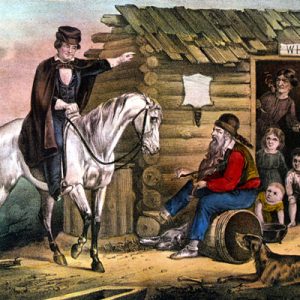 Arkansas Traveler by Edward Washbourne
Arkansas Traveler by Edward Washbourne
Entry Category: Folk Image and Customs
 Arkansas Traveler by Edward Washbourne
Arkansas Traveler by Edward Washbourne
Arkansas’s Image
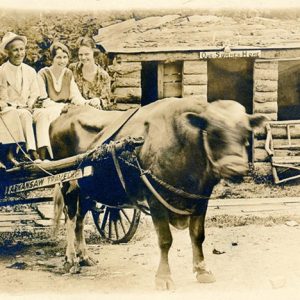 "Arkansaw Traveler"
"Arkansaw Traveler"
Back-to-the-Land Movement
Dialects
Feuds
 Connie Franklin
Connie Franklin
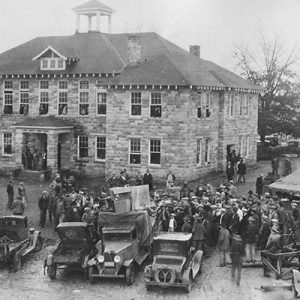 Connie Franklin Trial
Connie Franklin Trial
Funeral Customs, Traditional (Ozark Mountains)
Geophagy
aka: Geophagia
aka: Pica
Hillbillies
Lost Cause Myth of the Confederacy
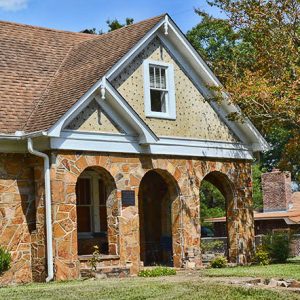 June Sandidge House
June Sandidge House
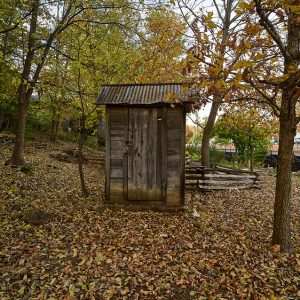 Shiloh Privy
Shiloh Privy




